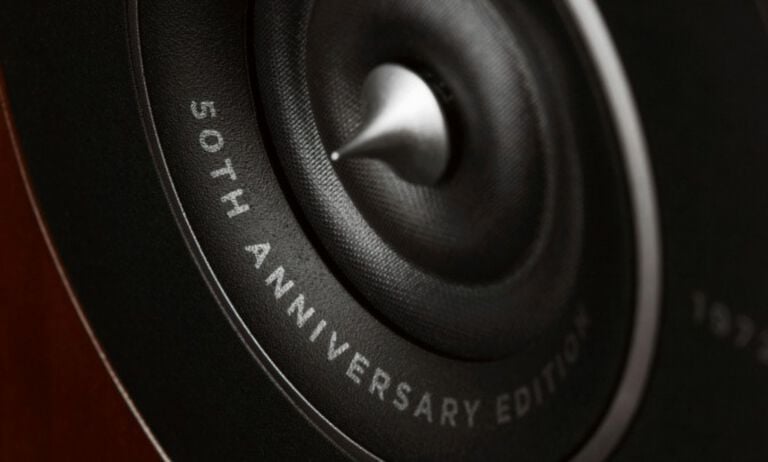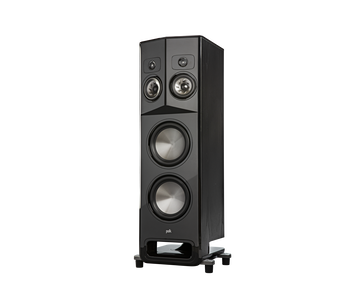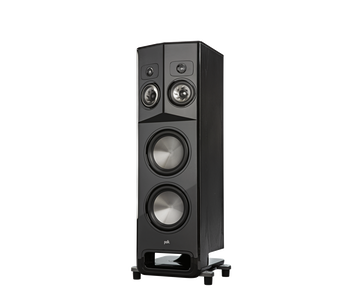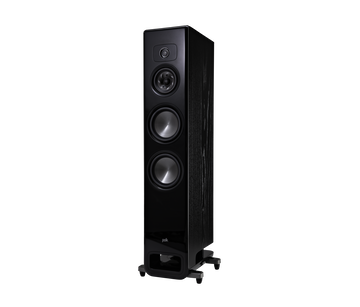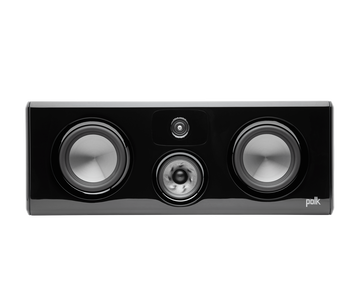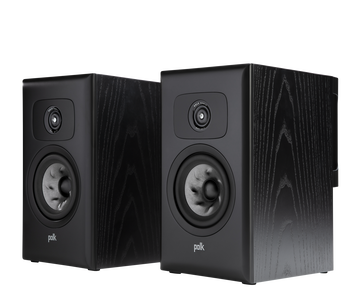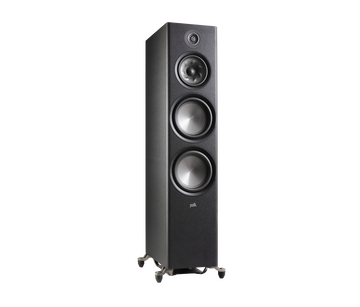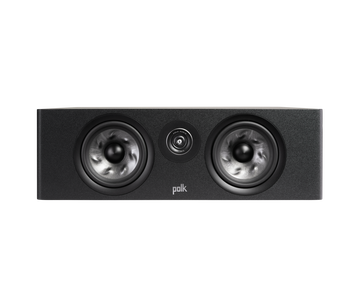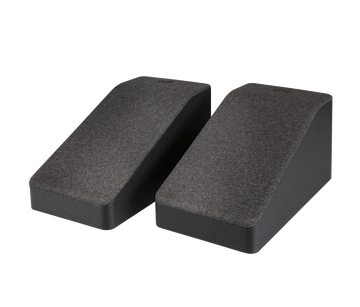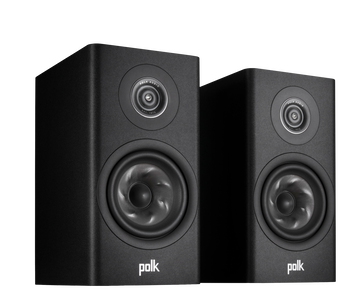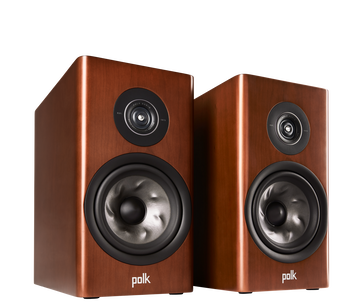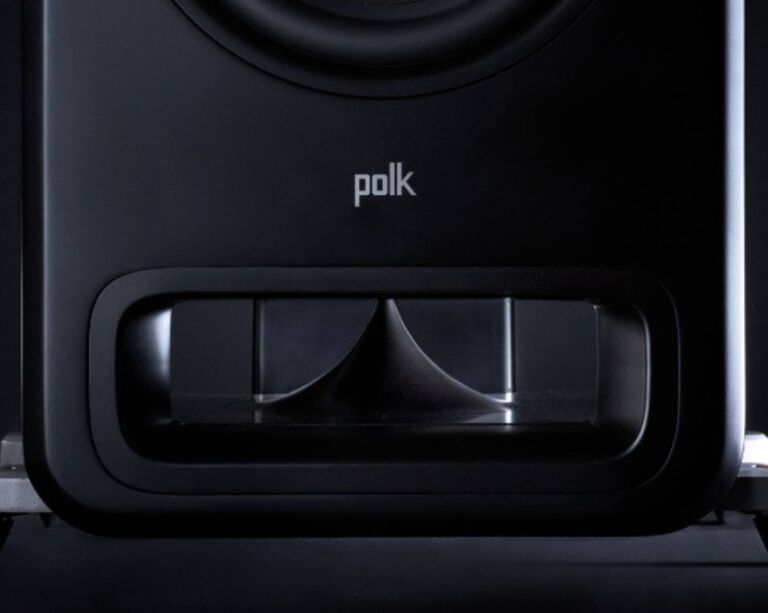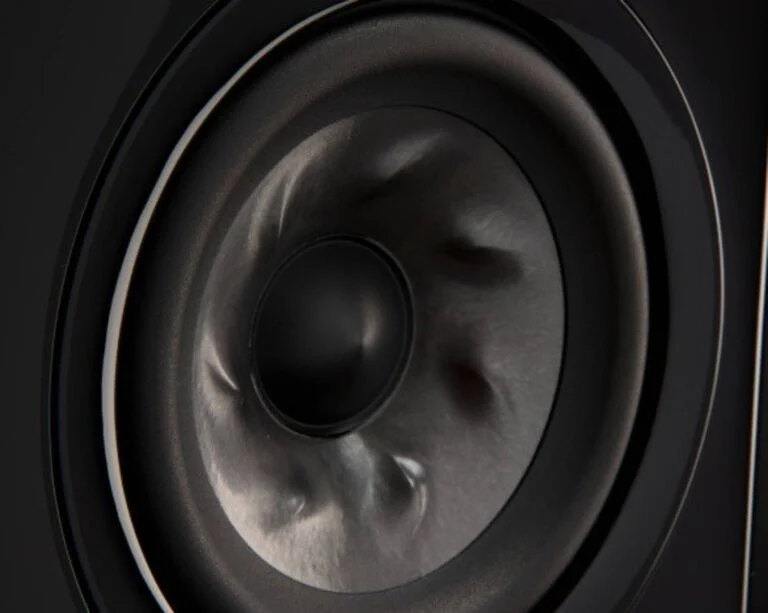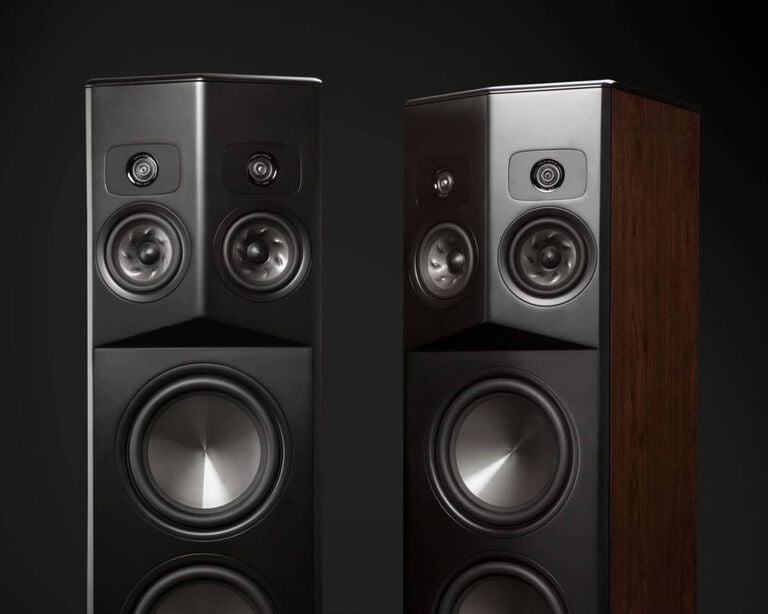Aiming High(S): Inside the Pinnacle Ring Radiator Tweeter
Article written by SARAH JONES
AIMING HIGH(S): INSIDE THE PINNACLE RING RADIATOR TWEETER
If you’ve seen Polk’s premium Legend and Reserve speakers, you’ve probably noticed that they have very distinctive-looking tweeters. That pointed design may be eye-catching, but some serious engineering goes into those striking little spires.
Polk’s Pinnacle Ring Radiator tweeters, now in their third generation, optimize sound dispersion to create a bigger, more uniform listening sweet spot and reproduce crisp, clear highs—beyond the range of human hearing—with no coloration or distortion. To understand how they perform, let’s first look at how sound behaves and how tweeters affect your listening experience.
SOUND WAVES 101
When a sound source vibrates, it creates accordion-like pressure variations that emanate outward in all directions, sort of like the way ripples radiate out from a pebble thrown into a pond. These cycles of compressed and stretched air are sound waves.
The higher the frequency, the smaller and shorter the sound wave. The difference in size can be pretty dramatic. The wave of a 15 kHz sound, which is near the top end of the human hearing range, is less than an inch long, while a 42 Hz sound wave, which falls near the low end of a subwoofer’s range and is equivalent to the low E string on a bass guitar, stretches more than 27 feet! Smaller, shorter, higher frequencies are more directional than lower frequencies, which means they propagate along a more focused path.
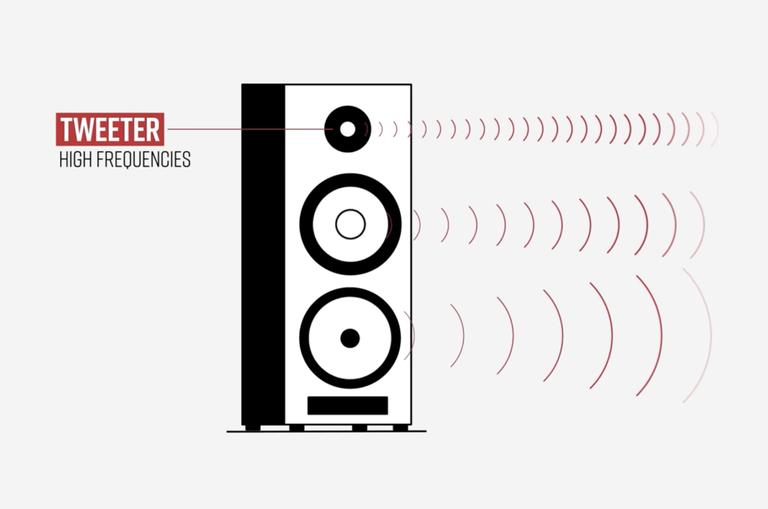
Tweeters reproduce the highest, most directional frequencies, while midrange drivers and woofers reproduce the more diffuse low frequencies.
TWEETERS AND THE SWEET SPOT
In a multidriver speaker system, tweeters handle the highest, most directional frequencies, while midrange drivers and woofers handle the more diffuse lower frequencies. A tweeter’s “on-axis” sound—direct sound aimed straight at the listener—contains the most high-frequency energy; high-frequency sound begins to decrease as the listener moves “off axis,” or outside of that main dispersion area.
This means tweeter performance plays a huge role in defining a speaker’s sweet spot; that ideal listening space where you’ll hear the most accurate tonal balance, stereo separation, detail, and imaging.
WHY THE PINNACLE RING RADIATOR?
Tweeters come in all sorts of shapes, sizes, and styles. Many traditional tweeters change dispersion characteristics when they’re pushed hard, projecting higher frequencies in a narrow beam, which means a narrower ideal listening area. This means that if you’re enjoying your favorite movie or music with others, not everyone will experience the same authentic, enveloping sound.
The Pinnacle Ring Radiator tweeter’s pointed waveguide solves this problem by guiding high-frequency sounds all around the room, for more consistent sound everywhere. This unique design also improves imaging, placing sounds with pinpoint accuracy for incredible realism.
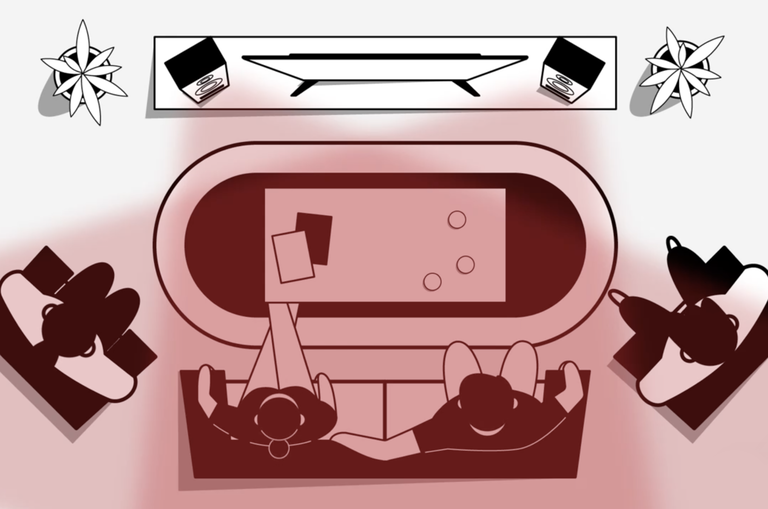
Pinnacle Ring Radiator tweeters deliver more consistent sound everywhere in the room.
We’ve also optimized the cavity behind the tweeter to reduce resonances and "ringing,” resulting in airier transient sounds and crystal-clear dialogue.
And because Pinnacle Ring Radiator tweeters reproduce frequencies extending past 40 kHz, they’re Hi-Res Audio certified, capable of delivering the extreme sonic detail of today’s digital music, movies, and video games.
But showing is better than telling, so check out the video below to see the Pinnacle Ring Radiator tweeter in action:
